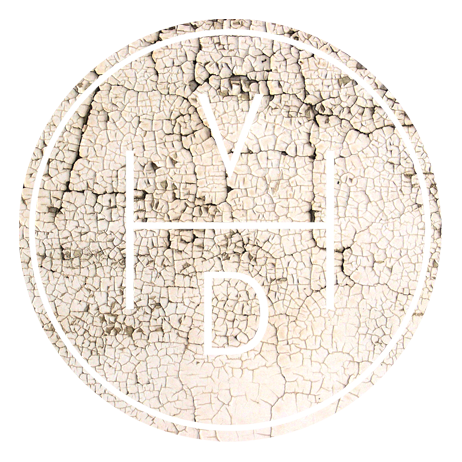PATC - Hiking, Camping and Mountaineering Equipment, 1960
I came across this great guide in a dusty Portland bookstore. It is a truly exhaustive list of all the gear available to the hiker, climber and mountaineer in the early 60's. This is a real gem, it has details about the brands, the weight of the items as well as the details of which companies make them. Excuse the long post, but I love an gear list.
Their suggested gear list for hiking the Appalachian Trail is as follows:
“On Person Handkerchief (Bean’s 24” bandana); Polythylene plastic bag 9” x 18” (Gerry#P62) for toilet paper Valuables, permits, keys, small note book and pencil stub, pocket knife with 2 blades, can opener Small compass induction damped (Gerry #K42 or Silva “Explorer” Stern Waterproof match box with small size strike-anywhere matches sprayed with laquer like Krylon Alarm Watch (Corcoran) Maps and proper guide book sheets in map case (PATC) — Carry in front of shirt Camera Equipment
Pack and Contents A. For use while hiking Kelty “Mountaineer” Model Packboard of proper size used with waist strap and equiped with studs or loops at of vertical risers for easy lashing. Lashed to topbar — Ruck - or rucksask (Camp and Trail #300) with “Dee” ring hooked on stud secured to top of cross bar, shoulder straps of rucksack wrapped around cross-bar, then brought down and snapped into “dee” rings at base of rucksack. Kelty Packbag Model “B” if no side trips are planned (for side trips the first option permits leaving the pack frame in base camp and carrying out essentials in the rucksack). With the rucksack arrangement, items not required during the day are placed in a rubberized clothing bag which is lashed below the rucksack, heavy items at the top. Cup – miner’s cup with wire loop handle (Sierra Club or PATC — same manufacturer). Canteen – 1qt. aluminum fuel bottle (Camp & Trail #367) or 1 qt aluminum Army surplus in pocket of pack. Shoes – Pete Limmer Mountaineer Boot; for wet spring and fall, use Beans’s Maine Hunting shoe with Bean’s arched inner sole or felt insole, as preferred. Sock – Inner - light wool surplus. Outer - cushion sole 50-50 wool and cotton since no nylon cushion sole available. Also Wigwam #620 or Epsy all nylon. Trousers – Masland Mountain brier cloth in cold weather(surplus trouser, hell Field M-1951 is best but not too available). Sears 11 oz denim, not Levi — legs are too narrow — in warmer weather. Shirt – According to weather. Pandleton wool 10oz Woolrich 14oz. Two button-down flap pockets essential. Jacket – Full zip parka (Holubar) Underwear – In summer, Brynje top, regular shorts (not jockey shorts, which permit chaffing) In winter, wool and cotton, long drawers. In very cold weather, over Brynjes warm surplus pajama-style 50-50 wool and cotton, long drawers and long sleeved undershirt with 3-button front for ventilation. Hat or cap as desired; billed cap or felt hat. Rain garments – Superlight rubber coated nylon parka (Bean) with Horcolite rain chaps (Holubar). First Aid Kit. Insect repellent – OFF Anti sun-cream _ Glacier Red Label for lips and face; after tanning Sea and Ski.
B. For use in camp Sleeping bag. Summer: Ski Hut Meadow-S; Fall and Winter: Holubar’s Royalite; Ski Hut Meadow-C; Army Surplus. Use Summer and winter bags, nested, during coldest weather. Cook Set and Stove – Atenhofer with Primus 71 (Holubar), sizes to suit 1, 2, 3 men. Gasoline in aluminum gas bottles, 1 pt. or 1 qt. (Gerry to Camp & Trail). Axe – Not needed if cook on gasoline stove. Fire inspirator - 24” x ¼” inside diameter 1/16” wall pure gum tubing (any chemical supply house). Invaluable with cranky wood fires. Doubles as tourniquet. Salt and Pepper – plastic (Boy Scout cat. No. 1411). For larger amounts use polyethylene bottles. Spoon and Fork – nesting aluminum (Gerry #A45). Flashlight – 2-cell medium size. Extra bulk. Cellulose Impregnated Sea Salt Tablets (Morton’s) Sewing Kit - 2 needles, little thread, in first aid equipment. Reserve matches and reserve toilet paper in waterproof containers. Toilet articles – Toothbrush and small paste; powder in cold weather; hotel-sized soap in bobby pin plastic box; razor blades, brushless shave cream (if shave). Tent – Holubar Royalite, Gerry Yearound. Air Mattress – Nylon Rubber, full length (Camp & Trail #268); Stebco Backpacker 46” (Ski Hut).
C. Food - Use polyethylene bags except for canned meats which should be limited. Bag food on polyethylene and place in a cambric sack for protection from chaffing. Jam in wide-mouth polyethylene jar, screw top (Ski Hut). Oleo (higher melting point than butter) in aluminum screw-top jar with plastic liner. (Benjamin Edington).”











